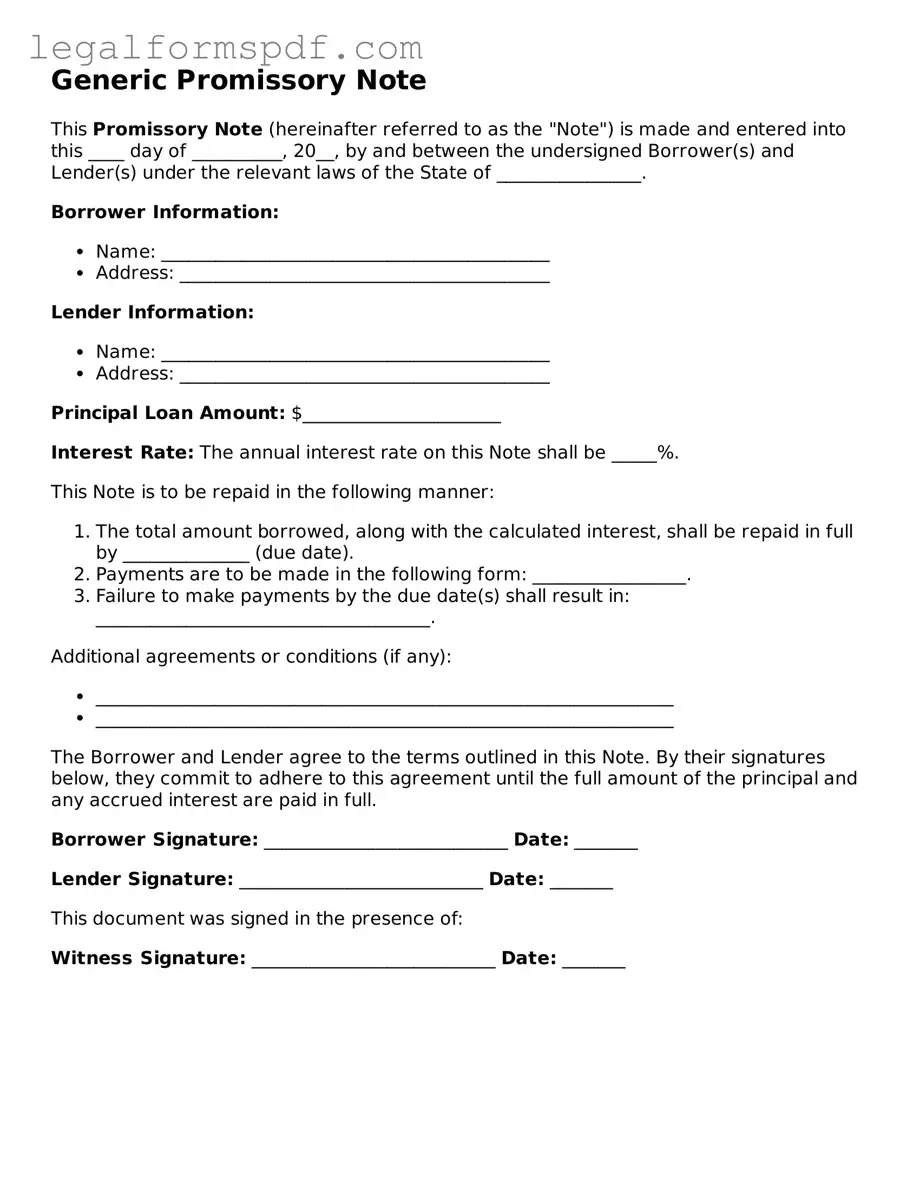A promissory note shares similarities with a loan agreement, as both documents outline the terms under which money is borrowed and repaid. A key difference, however, lies in the detail and complexity; loan agreements typically provide more comprehensive details about the obligations of the parties involved, including collateral, repayment schedules, and remedies in the case of default. Whereas a promissory note might be considered a simpler, more straightforward declaration of the borrower's intent to repay a sum under agreed-upon conditions.
Much like an IOU (I Owe You), a promissory note serves as a written promise to pay a specific amount of money to another party. The primary distinction between the two is the level of formality and the detail included. An IOU is often more informal and may not include specifics about repayment terms or interest rates, making a promissory note more legally binding and comprehensive in outlining the terms of the financial obligation.
A mortgage agreement is another document that has parallels to a promissory note, particularly in that it also entails a promise to repay a loan used to purchase real property. The promissory note represents the borrower's pledge to repay the loan, while the mortgage itself is a separate document that secures the loan with the property as collateral. Thus, while they work in tandem, the promissory note is more focused on the repayment of funds, and the mortgage concerns the legal ramifications involving the property if the debt is not repaid.
Deeds of trust are similar to promissory notes in the sense that they are used in financing agreements involving real estate. However, a deed of trust involves three parties—the borrower, the lender, and a trustee—and serves to place the real property in question into a trust until the loan is fully repaid. The promissory note accompanies this, detailing the borrower's promise to pay back the loan, thereby highlighting the borrower's financial obligations separate from the physical collateral.
The bond indenture, found in corporate financing, parallels a promissory note in its essence of delineating terms for borrowing and repaying money. This agreement is between a bond issuer and the bondholders and includes comprehensive details such as the interest rate, repayment schedule, and covenants to protect the interests of the bondholders. While serving a similar purpose, bonds are typically used for larger financial needs and involve multiple investors, as opposed to the more direct, oftentimes personal, lender-borrower relationship of a promissory note.
Credit agreements, which outline the terms under which credit is extended from a lender to a borrower, also share characteristics with promissory notes. Both set forth the conditions of the financial arrangement, including interest rates and repayment terms. However, credit agreements are usually more complex and may cover revolving credit lines or other flexible credit facilities, contrary to the typically fixed terms of repayment laid out in promissory notes.
Student loan agreements, specific to the context of borrowing for educational purposes, resemble promissory notes in that borrowers agree to repay the borrowed funds under prescribed terms. These documents go beyond the basic promise to pay by including specific provisions related to deferment, forbearance, and loan forgiveness opportunities, which are not commonly found in the more generalized context of a promissory note.
Commercial paper is a type of unsecured promissory note that is used by corporations to raise funds for short-term financial needs. Its similarity to personal promissory notes lies in the promise to pay a specified sum at a future date. However, commercial paper typically involves larger amounts and is traded on the financial markets, thus carrying implications for broader economic considerations beyond the simpler lender-borrower dynamic of individual promissory notes.
Lease agreements, while primarily contracts for the use or rental of property, can embody elements similar to those in a promissory note when they include clauses related to payment commitments. The lessee promises to pay a specified amount regularly for the right to occupy or use the lessor's property. Unlike a promissory note, however, a lease agreement focuses on the exchange of property use rather than the borrowing of funds, but both entail a promise to make scheduled payments.
Finally, letters of credit, used in international trade, provide a guarantee from a buyer's bank to the seller's bank for payment of goods or services, contingent on the seller meeting specified terms. Like a promissory note, they signify a commitment to pay, ensuring the seller receives payment as agreed upon in the contract. Although serving different functions and involving banking institutions as intermediaries, both documents underscore the importance of a written promise in facilitating transactions.
